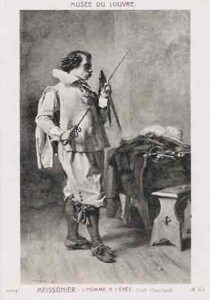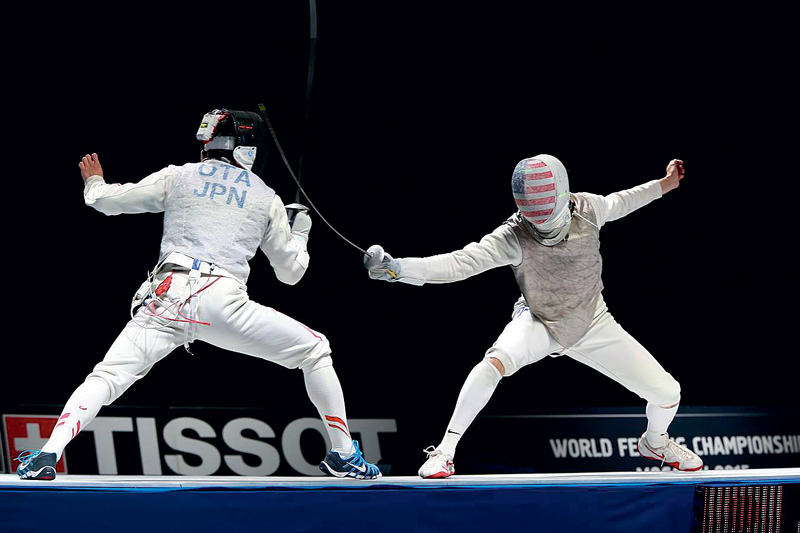Maneuver and strike
Sword tip and its setting
 The joyful moments that a successful and beautiful injection delivers to the athlete are noted, as is known, by the burning lamp of the electric fixator. In order for an injection to be awarded without fail, you need to be sure not only of your own skill, but also of the reliability of your weapon. The most significant problems in this regard are usually associated with the tip of the sword. They are the most difficult to track and correct. If it is impossible not to notice a torn sizing or a broken blade, then it is not always easy to understand about the tip of a sword whether it works as it should or sometimes fails. To successfully cope with the elimination of such malfunctions, you need, firstly, to very well imagine the tip device. Let’s look at it in more detail. Continue reading
The joyful moments that a successful and beautiful injection delivers to the athlete are noted, as is known, by the burning lamp of the electric fixator. In order for an injection to be awarded without fail, you need to be sure not only of your own skill, but also of the reliability of your weapon. The most significant problems in this regard are usually associated with the tip of the sword. They are the most difficult to track and correct. If it is impossible not to notice a torn sizing or a broken blade, then it is not always easy to understand about the tip of a sword whether it works as it should or sometimes fails. To successfully cope with the elimination of such malfunctions, you need, firstly, to very well imagine the tip device. Let’s look at it in more detail. Continue reading
FENCING. DESCRIPTION, RULES, HISTORY
 Fencing is a sport that combines three disciplines: rapier, sword, saber.
Fencing is a sport that combines three disciplines: rapier, sword, saber.
Competitions in men are held in three types of weapons – rapier, saber, sword, in women – rapier and sword. Touching the opponent’s surface with a weapon is determined by the judge and with the help of an electrofixer.
Sports rapier with a total length of up to 110 cm and weighing up to 500 g, the hand is protected by a round guard with a diameter of 12 cm.
A sports saber up to 105 cm long, weighing up to 500 g, a steel elastic blade of a trapezoidal variable section with a guard protecting the hand. Continue reading
The confrontation of the French and Italian fencing schools
 Starting from the middle of the XVII century, when the French shortened their epee, fencing with stabbing weapons began to progress rapidly in a variety of techniques, dexterity and speed of their application. From that moment, a sharp divergence of the French school (more progressive) and Italian (more conservative) begins. These discrepancies reached their peak by the end of the 19th century.
Starting from the middle of the XVII century, when the French shortened their epee, fencing with stabbing weapons began to progress rapidly in a variety of techniques, dexterity and speed of their application. From that moment, a sharp divergence of the French school (more progressive) and Italian (more conservative) begins. These discrepancies reached their peak by the end of the 19th century.
In France, from the second half of the 18th century, fencing has made rapid significant progress, clearly ahead of Italy. In 1736, the Frenchman Girard introduced the 8th and last defense, almost two centuries later than the 7th. In 1755, in the French Encyclopedia, the article “fencing” first talked about the need to introduce a fencing mask to prevent accidents. But 10 years passed before fencing masks were finally introduced. Continue reading




